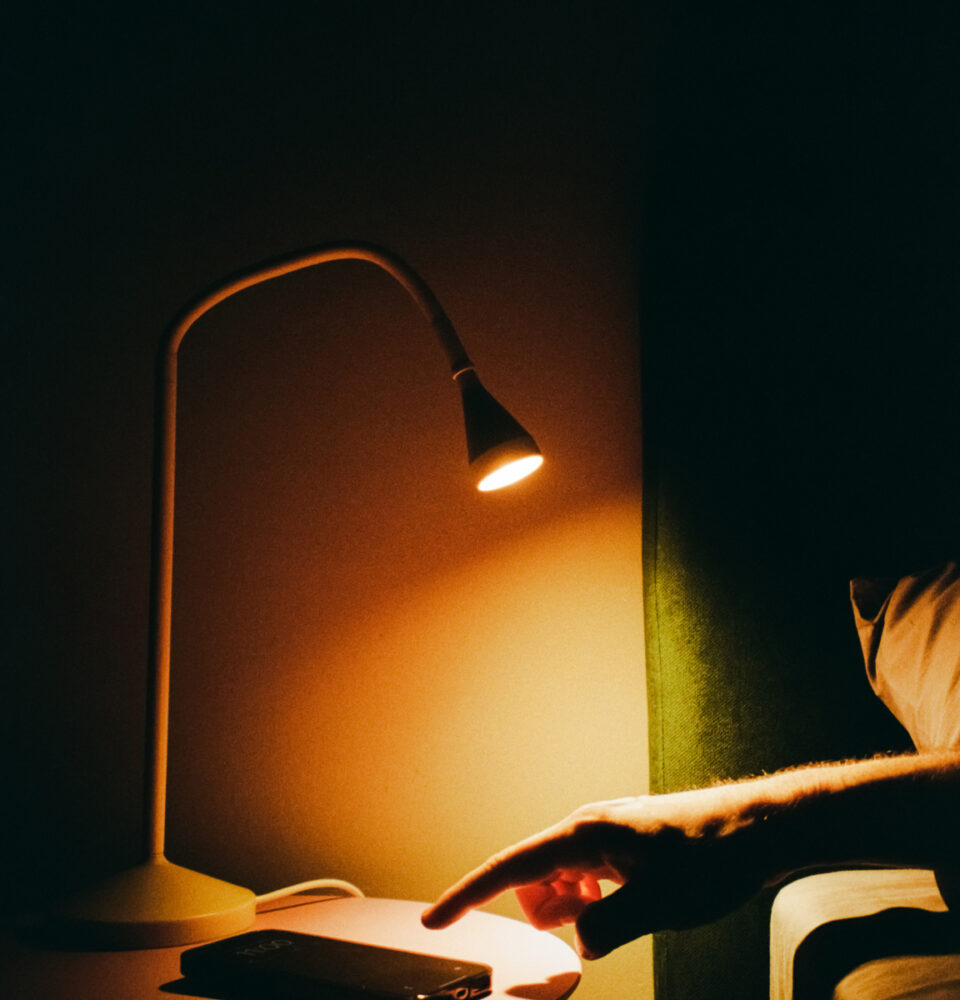Everyone seems to be having sleep issues.
Melatonin gummies have joined teeth brushing as part of the nightly routine. In fact, just getting to sleep for some has become the biggest challenge of the day. Poor sleep is leaving us tired, frustrated, and determined to execute a sleep strategy with military precision. Is it a 5mg or 10mg melatonin night?
Are we all becoming melatonin junkies?
The fact is, we will never get our sleep back until we balance our circadian rhythm. And getting our rhythm in check starts with a solid understanding of the blue light in our life – the good and the bad.
Let’s take a Squint.
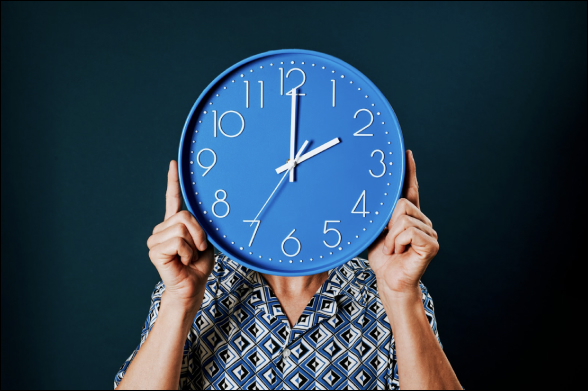
Blue Light as Timekeeper
Blue light that is found in nature (you know, the blue part of the rainbow – the blue light we see when we look around) is one of the most important light signals for our health. Our eyes sharply monitor and detect blue light specifically. Our eyes are very sensitive to blue light. Why blue?
It helps us tell time!
Our body uses blue light in nature as a timekeeper because it’s very predictable. We are designed to start and end our day with the blue light from sunlight. Blue light from the sun varies all day and our bodies are designed to track it. Blue light has a big crescendo at sunrise. It’s the wakeup, get out of bed color. And it’s the wake up call that always shows up, always works. Even behind clouds! Blue says put your melatonin away and bring on the cortisol. It’s time to wake up! Blue light at sunrise begins the process of waking us up by unwinding collagen in our skin and in our retina to allow water to stretch and absorb light (THIS MAY BE A GOOD TIME TO READ THE EZ WATER BLOG). Blue light at first sunlight helps turn on the pituitary, acutely, each day. It signals our pregnenolone to be made, which makes all of our sex steroid hormones (estrogen, testosterone…)
At sunset, blue light tapers off and we are seeing the very last of blue at dusk. That’s the end-of-the-day blue that tells our body that the day is over. It tells our body to slow down. It’s time to shut down, to be in darkness, to allow our body to rest and repair.

The Wingmen of the Rainbow
Blue light is essential for our body to kick start our day. The blue light from sunrise says rise and shine!! But blue light can’t kick our ass into gear, alone It must work with the other wavelengths who have their own jobs to do, including balancing the blue. It’s not really a surprise that there are multiple wavelengths in the mix. Gorgeous sunrises and sunsets are proof positive that wavelengths work best – and beautifully – together. The combination of colors is nothing short of amazing but the science of the wavelengths is even more fascinating.
In the morning, blue specifically triggers water to flow between glial cells and neurons to help wake us up. This process generates ROS (reactive oxygen species). ROS?! Isn’t that the bad stuff? Yes, chronically stimulated ROS is not helpful to our bodies, but the ROS of blue light, balanced with the lowering-ROS of red light, is how nature designed us to start our day. Our sunrise is full of red, blue and green light. We are balanced, naturally. Just the wavelengths we need, working together. We are perfectly designed to accept the wavelengths that the sun delivers at just the right time. Never miss a sunrise to get in on this action early!
Blue Light and Your Brain
So, we know light wavelengths never travel alone and always work together. But, how do these light “wingmen” fly inside of us to help wake us up and get our cells to function? Even if you’re new to SQUINT, may we remind you about the SCN (yup, the Suprachiasmatic Nucleus). It’s the part of the brain directly connected to the retina (our eyes) that processes all incoming light and helps our brain determine what time of day it is. Wavelengths of light signal through our eyes (did we mention sunglasses are a bad idea?), where we are and what time of day it is, based on the color and frequency of the light. Blue light is a critical signal through our eyes that tells our brain – and our master clock – that it’s time to wake up and get all of our other body clocks going (we have clocks in every cell!)
So why did nature make blue light the wavelength to help us tell time?
We are designed to absorb it!
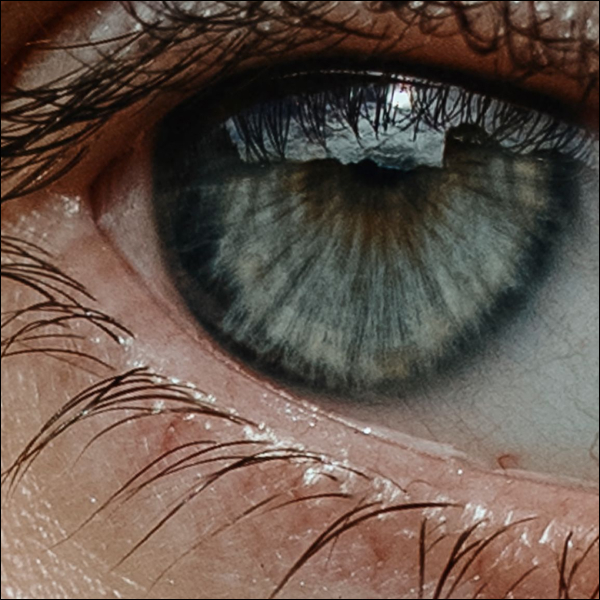
Light Sensors Activate!
Melanopsin receptors in our eyes are sensors waiting to capture blue wavelength photons (light), specifically. And these receptors are up early! Just waiting for a sign. In fact these photoreceptors in our eyes and skin are most sensitive to blue light – it’s the best design possible to track our days and nights. We are made to receive blue light – the rise and shine light – to cue us in that our day has begun. Blue light varies predictably from sunrise to sunset, peaking early in the day and diminishing at sunset. It’s the “bookend” wavelength that helps begin and end our day and drive our circadian rhythm. It’s our built-in Apple watch (but much healthier for you) and it perfectly tracks our days and nights. It’s our wake up call and our good night kiss.
We’re guessing you might be one of those that starts your day on your phone and checks it before you go to bed? That’s when our clocks stop working. Our bodies are actually designed to see early morning natural sunlight and complete darkness at night (the combination = circadian rhythm) Yet, we end up spending much of our day inside, on computer screens (without breaks). And, we consistently stay up late under indoor light – watching TV, working on our computers and phones.
So Our Blue Tech Screens Are a Different Kind of Blue Light?
Yes. Let me explain.
Remember the whole wingman story about how nature’s wavelengths perfectly work together? The red balances the blue and it all works perfectly. Not true with our man-made blue light. Blue light from screens not only has no wingman, but it is rogue and dangerous for our health.
The truth is, artificial light at night is totally unnatural and looks nothing like the blue light we receive from nature. Blue light in the 435-460 nm range – without the rest of the solar spectrum from nature – such as Infrared and UV – is putting your body on tilt. In our modern world, tech screens emit a highly intense blue light that doesn’t occur in nature. Recall sunrise is the biggest crescendo of blue but there are always other wavelengths in tow to balance it out. High intensity blue light from computer screens – unaccompanied by the other natural wavelengths of the sun – is bad news for our eyes and our circadian rhythm. Our eyes see “alien sun” – high intensity blue light – with nothing to balance it out.
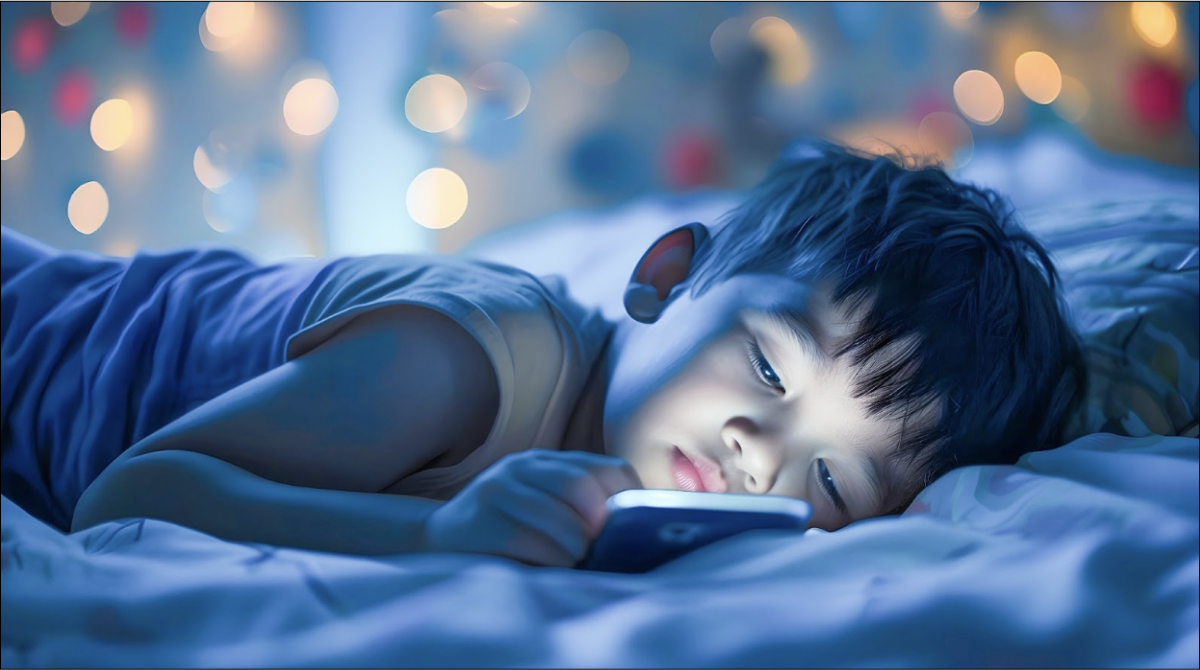
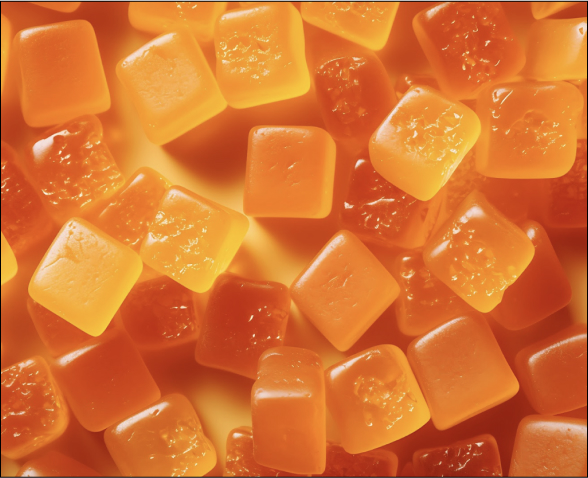
When Junkies Need Their Fix
Ever been wired and tired when it’s time to go to sleep? That’s because you’ve finished a long day but your nighttime screen (that your eyes are looking at) is asking your body to start again, with intense blue light that says “wake up wake up wake up” It is pure, unadulterated, unbalance light that is 100% ROS with no balanced red). It’s not only killing your dopamine and robbing you of melatonin, it is also raising your blood glucose levels. Not great for diabetes. Not to mention, the blue light from screens that steals our dopamine makes us much more likely to get cravings and make food decisions that don’t work well for us. Have you ever been in a tech server room with tech guys eating healthy food? Nope. Just a bunch of doritos, candy and soft drinks – and not alot of open windows. Not picking on our favorite IT team. Not at all. We just want you all to stay well so we can keep using amazing websites like this one 🙂

Rhythm and Blues
Truth is, we have to work and we’re not sitting around the campfire every night (but, boy would that be great for our eyes!). Maybe our 24/7 around-the-clock light idea may not be our best invention after all? Super convenient to extend our day but terribly destructive to our circadian rhythm and our bodies.
When we consistently stay up late and stay on our high-intensity blue-lit phones, our clocks go haywire. And, when we don’t start our morning right with natural light, our clocks never get started. That’s why we always say at Squint to always start your day with natural (blue) sunlight, not the blue light from your phone.
Get your light right!
Thank you for taking a Squint with us! Don’t forget to print out our checklist to stay on top of your light routine.
